10 of the Best Inbound Marketing Tools
You know what inbound marketing is and why it’s important. But, if you’re going to give inbound marketing a try, you need the right tools to get the job done.
Unfortunately, as a small business owner, some of the more popular inbound marketing tools are out of your price range — and perhaps you’re not sure which tools you really need to build an efficient and effective workflow.
Fear not — we’ve been there.
After trying out a number of different tools, we’ve come to the conclusion a strong inbound workflow must give you the ability to do a few things:
- Easily schedule your content and manage social media
- Capture data and nurture leads
- Collaborate and have solid back-and-forth during content generation
- Track performance with analytics
- Allow your tools to talk to each other for increased efficiency
Remember to keep your business goals and your content strategy in mind when exploring new tools. Check out some of our favorites and consider your options.
Our Favorite Inbound Marketing Tools
CoSchedule

CoSchedule is a fantastic way to organize your social media calendar. Not only is it a relatively low cost option, it will save you a great deal of time publishing to multiple channels. Coschedule also integrates with Google Docs, WordPress, Evernote, and has a chrome plugin that makes sharing interesting content easy.
Don’t rely on your calendar to remind you to post a case study that coincides with a client product launch — Coschedule can do it for you. All you have to do is build the content.
Hubspot

HubSpot has built an entire SaaS suite around inbound marketing. Their software is currently the most robust suite you can use for inbound marketing — with all the necessary components only a few clicks away. Because of the comprehensiveness of the suite, there is an onboarding process and a hefty commitment (not to mention price tag) that may rule it out for your company. But, if you are looking to provide a best in class experience for a team, Hubspot is the way to go.
Hubspot CRM
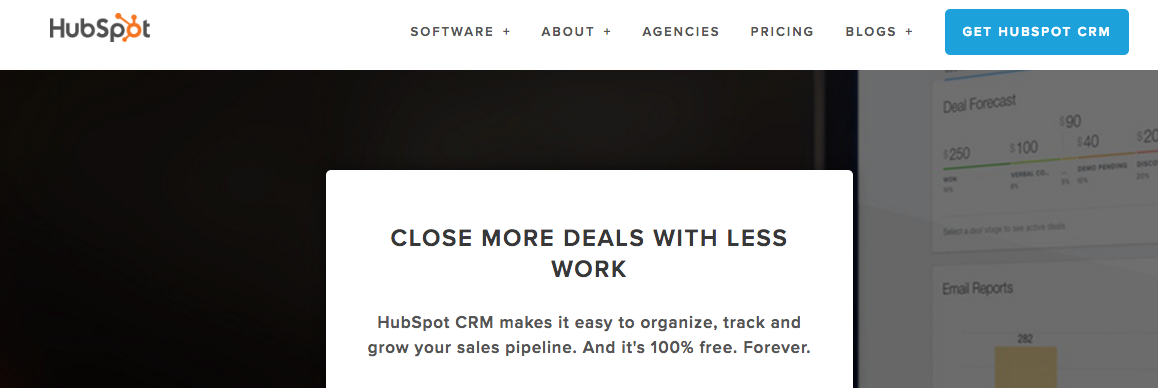
Just because you can’t afford (or don’t need) the entire HubSpot suite of tools, doesn’t mean you should forget about HubSpot CRM. Hubspot offers a CRM/Sales solution you can integrate with other tools to build a complex marketing workflow. This allows you to keep track of all your leads through the funnel.
You can schedule emails for dates in the future and use Hubspot CRM’s chrome plugin to track emails sent through Gmail — so you can see when each email you send is opened and viewed. These insights will not save a bunch of time, but also a headache or two.
Mautic
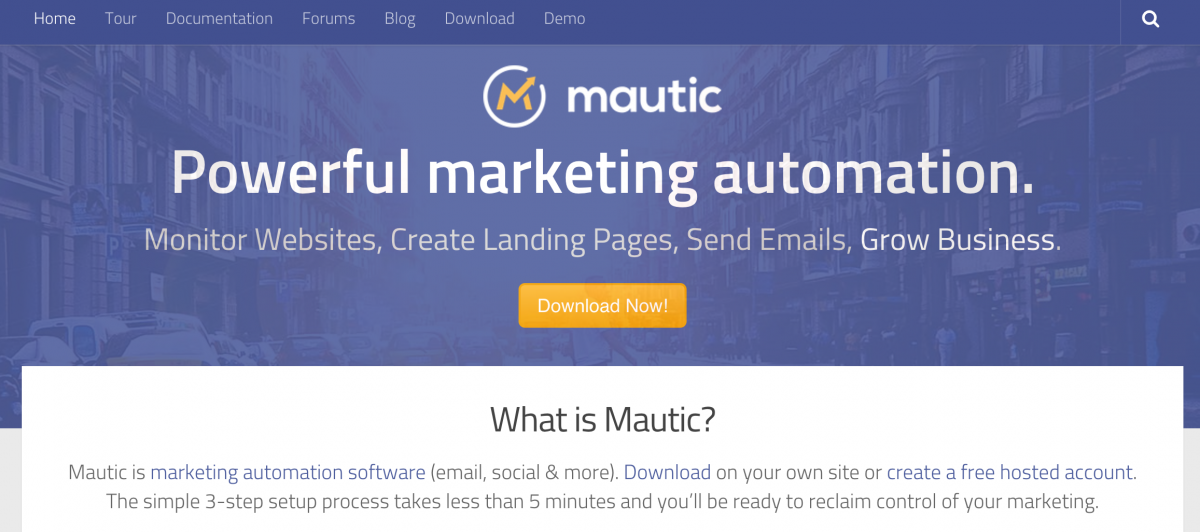
Mautic is an open source marketing automation platform, and it gives users a robust rules system to build email campaigns and modify list subscribers given specific criteria. Mautic also integrates with Hubspot and allows leads to be passed directly into Hubspot’s CRM/Sales so you can start bottom of the funnel activities when necessary.
Best of all, it’s absolutely free! If you’re looking for a marketing automation tool to start with, this is a pretty good option. It’s capable of all the marketing automation functions you need to start with inbound marketing, and it will help you get comfortable with marketing automation before jumping to a tool like HubSpot.
Unbounce
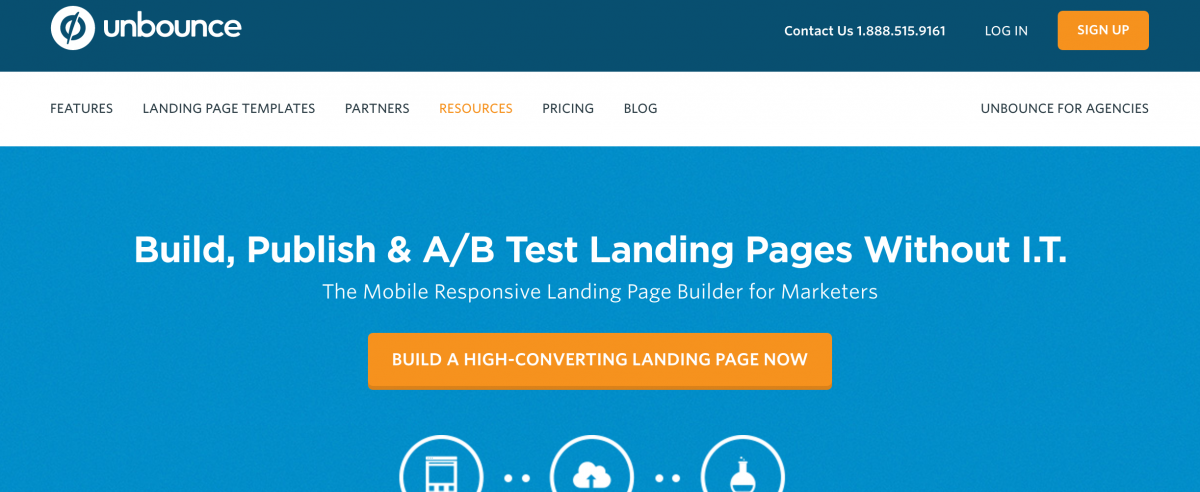
Unbounce lets you quickly and easily build landing pages, publish them to the web and A/B test their performance all with little to no knowledge of code. Having the ability to build pages, and test them on the same platform streamlines a lot of the content generation process for small businesses looking to get started with gated content.
Slack

It seems Slack is used by just about every firm these days — and why not, you can use it for free. Not just a chat platform, Slack can integrate with a number of different add-ons that extend the ability of your team to communicate through a single service. Don’t believe us? Check out their catalog of integrations. You’ll likely find Slack has a way to improve your workflow regardless of what tools you’re using.
Google Docs

In terms of collaborative writing, Google Docs is the simplest way to draft, give feedback and revise content pieces. Who has time to pass Word docs back and forth anymore? Make and suggest edits to your content right in the doc, and get it out the door.
Zapier
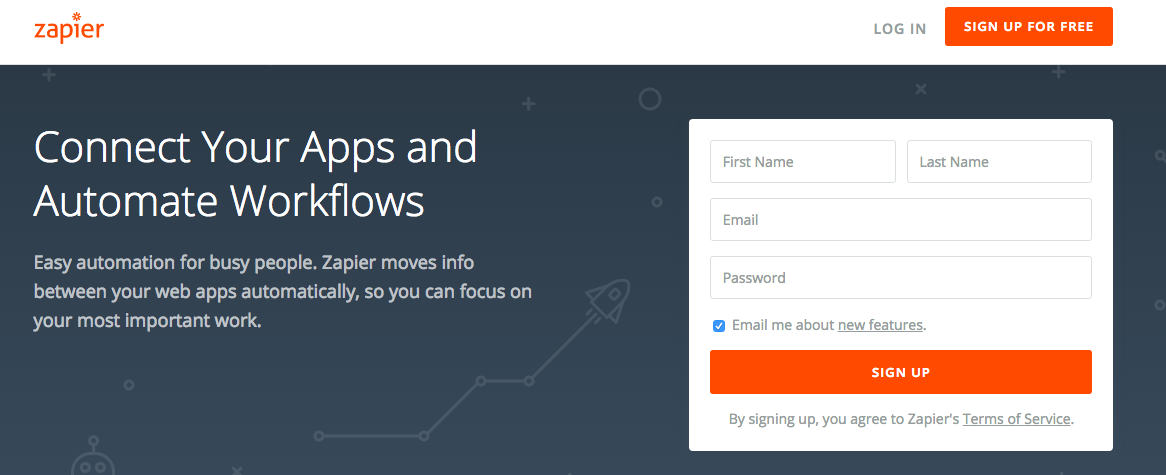
Most of our favorite services have built in integrations with other tools, but there are times where an API just isn’t robust enough for us to get the data we want — or perhaps we don’t really feel like coding a webhook. To that end, there is Zapier.
Zapier is a SaaS middleware that connects services together (like HubSpot and Slack) so you can be more productive across multiple services and teams. There is a free tier you can test for yourself, we recommend giving it a try.
Moz Tools
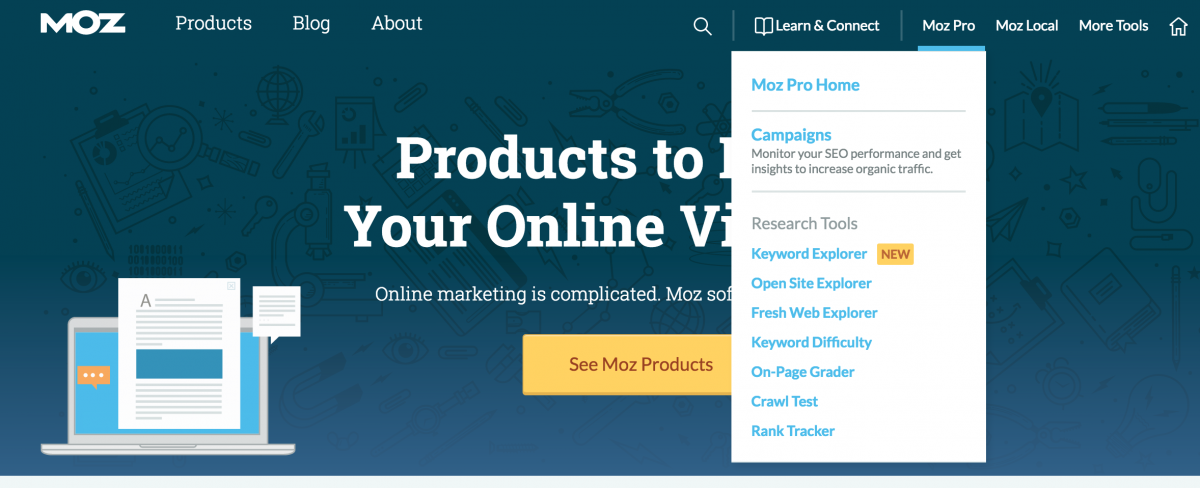
Much like Hubspot popularized inbound, Moz popularized Search Engine Results Page (SERP) tracking and SEO for a wider swath of marketers. Moz has tools ranging from metadata graders to page rank evaluation — there is a tool to suit your search related need.
Moz is a great place to start when evaluating your website for inbound. Fixing issues unearthed by their tools can help increase your site’s ranking with little extra content.
Google Analytics

No list of marketing tools is complete without some mention of Google Analytics. Before you do anything else, make sure to install Google Analytics on your site. It’s free, easy to do and will allow you to collect data right from the start.
The earlier you start tracking visitor behavior on your site, the quicker you’ll have an idea of which content pieces bring in organic traffic, which have a high bounce rate, and which aren’t even being seen. With those insights, you can reprioritize or re-evaluate your content strategy.
Continuously Improve Your Workflow
The best part about discovering a new inbound marketing tool that fits your content goals and objectives is taking the time to reevaluate and refine your workflow to add that piece to the mix. Just as your content should continuously improve as you learn more about your audience and their behavior, your content generation workflow should become more efficient.
You may outgrow some of these tools over time and find yourself in need of larger-scale solutions. But in order to get there, you need to start small and stay consistent — these tools should help you do just that.
We’re always on the hunt for new tools to improve our process, and if there are any you think we should check out, drop them in the comments below and let us know why you love them.

